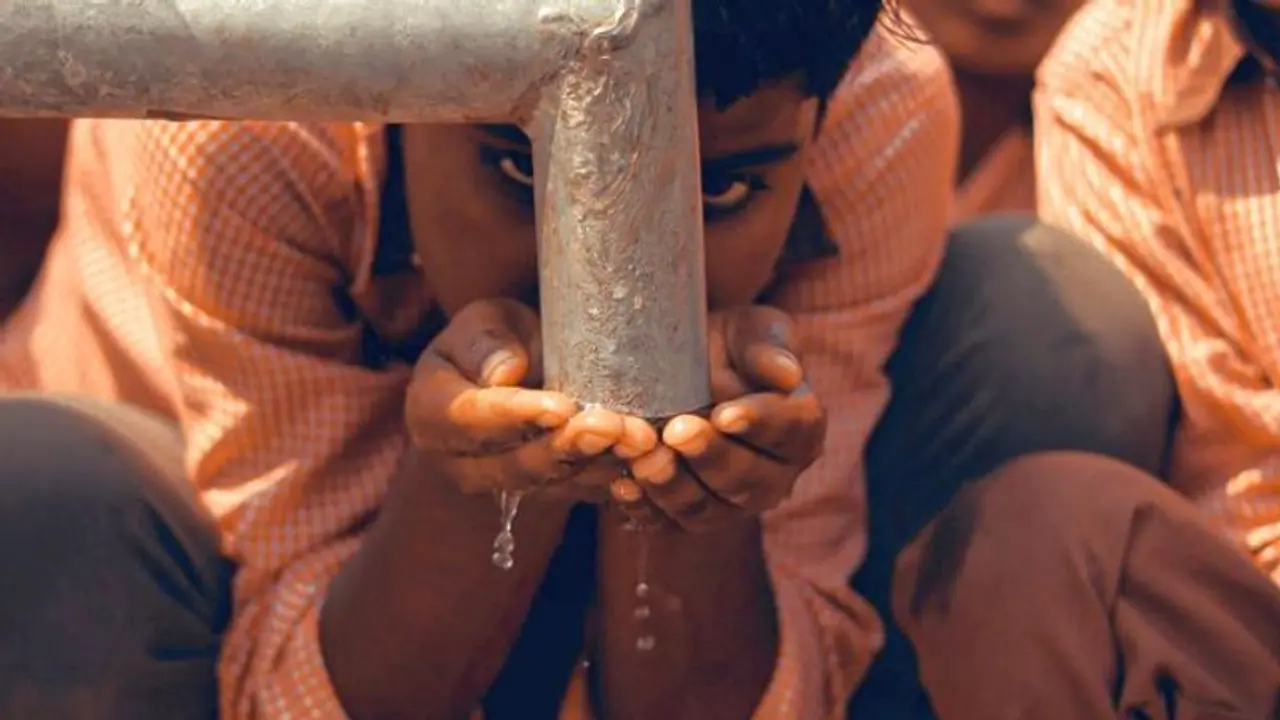The onset of summer, coupled with rising temperatures, has accelerated evaporation rates and exacerbated the situation, particularly in regions like Palghar, Solapur, Sangli, Pune, and Mumbai. The early emergence of dry conditions signals potential challenges ahead
The onset of summer has brought forth a concerning reality across India, with data from the India Meteorological Department (IMD) revealing that over 540 districts, including prominent areas such as Palghar, Sangli, Solapur, Pune, and Mumbai, are currently grappling with water stress or varying degrees of dry conditions.

This distressing scenario has been underscored by the IMD's Standardized Precipitation Evapotranspiration Index (SPEI), which indicates that 98 districts are experiencing extreme to severe to moderately dry conditions as of February 28.
The root cause of this predicament lies in the relentless rise in temperatures, particularly prevalent in peninsular, central, and western India, leading to accelerated evaporation rates. Rajib Chattopadhyay, an IMD scientist, told the Times of India newspaper that the adverse effects of this phenomenon, stressing that it is exacerbating crop stress and water shortages, particularly in coastal regions like Palghar, as well as in Maharashtra, Gujarat, Karnataka, Kerala, Tamil Nadu, among others.
What makes the situation even more alarming is the early onset of dry conditions, signaling an ominous trend for the months ahead. With above-normal temperatures forecasted for central and peninsular India, the prospect of exacerbated water stress looms large. Regions such as southern Karnataka, western Kerala, parts of Maharashtra, and Tamil Nadu are already feeling the brunt of this predicament, with high temperatures leading to heightened evaporation rates and subsequent water stress.
The latest SPEI map released by the IMD paints a grim picture, with a majority of districts, including those in northwest India, exhibiting varying degrees of dryness. Chattopadhyay cautioned that this situation may worsen without adequate pre-monsoon rainfall, especially with a hot April predicted for the season.
The ramifications of water stress extend far beyond agricultural concerns, with implications for dam and canal water levels, drinking water availability, and public health. The early arrival of summer-like temperatures in certain regions indicates that dry conditions are likely to persist, compounding the challenges faced across sectors and regions.
The current water stress crisis underscores the urgent need for sustainable water management strategies and proactive measures to mitigate its impacts.
